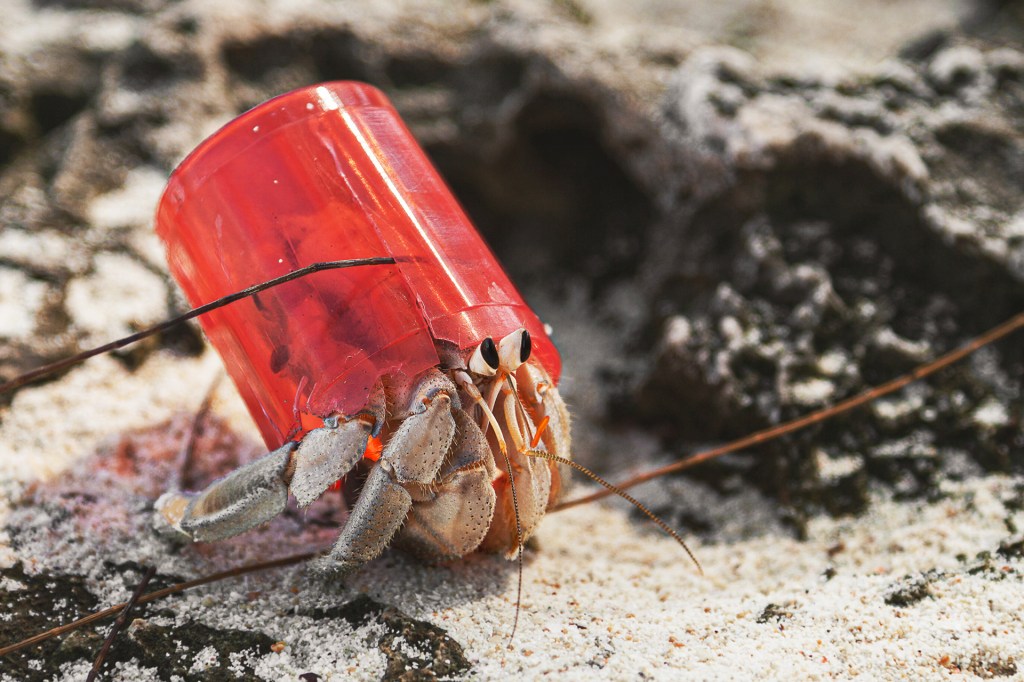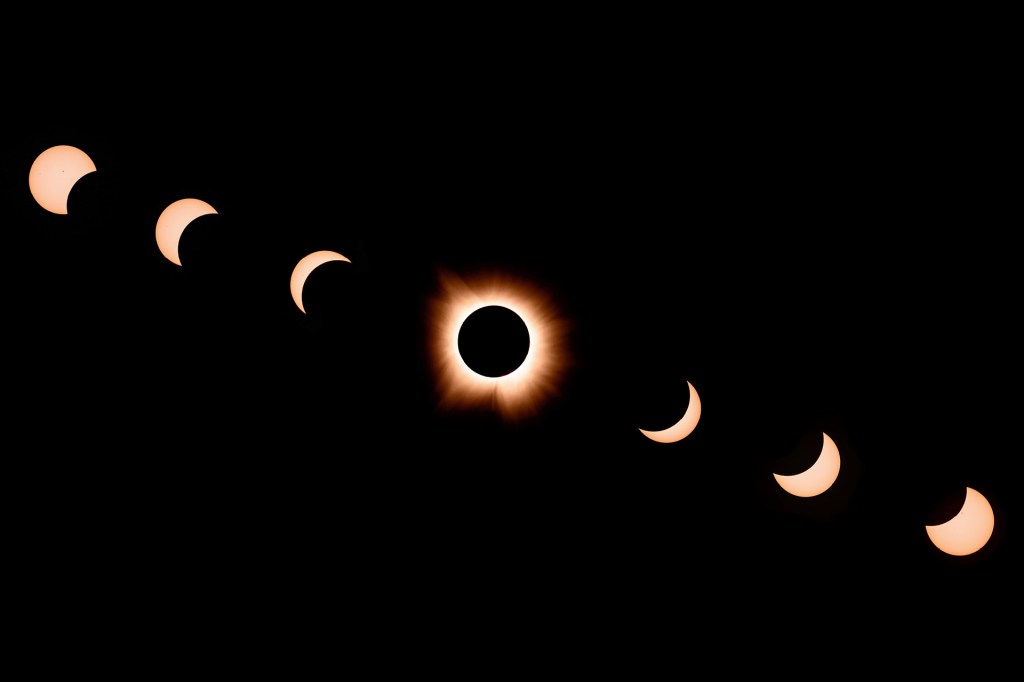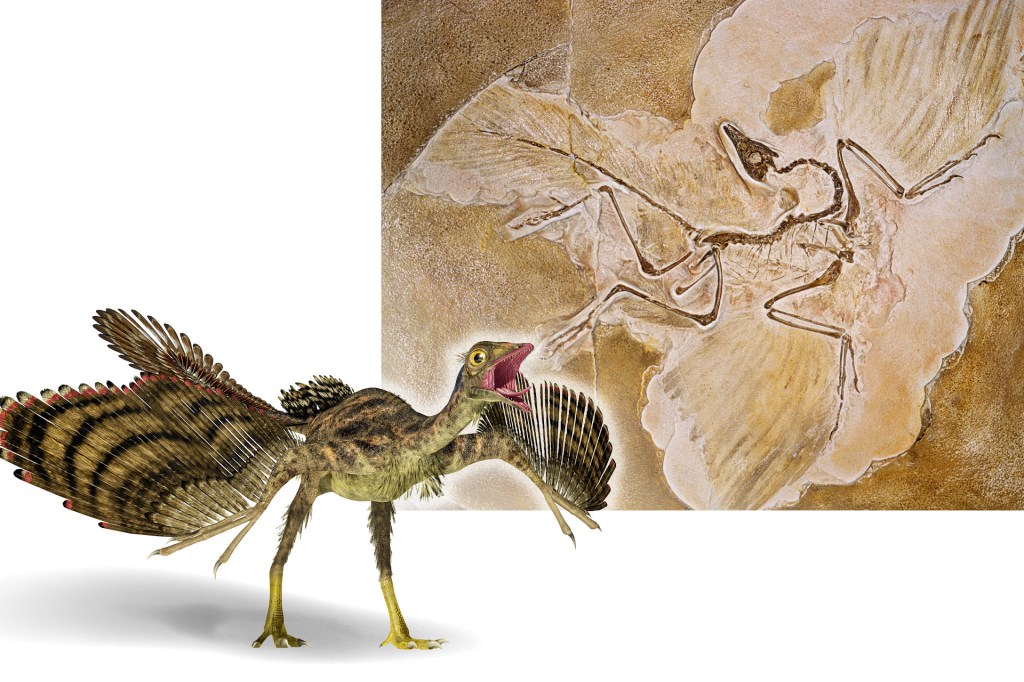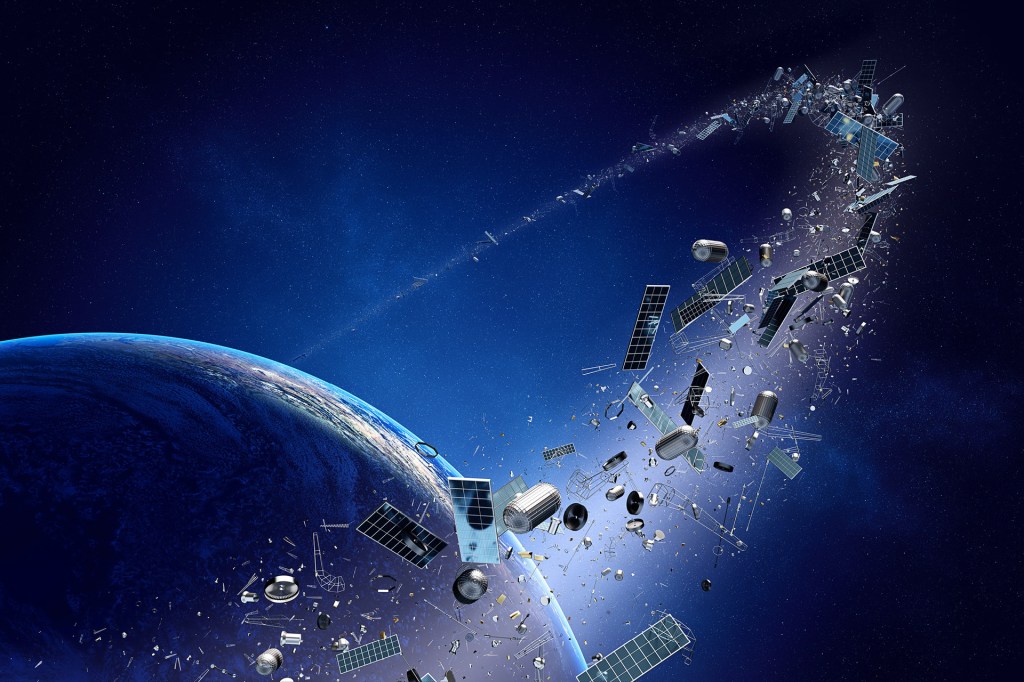
All kinds of human-made objects are circling the planet. Can you guess how many? The answer is 100 trillion! There are 9,000 active satellites. The rest of the objects are things such as used-up rockets, bolts, and paint chips. All of this junk is a danger to spacecraft.
These are the findings of a recent report. It was in the journal Science. The authors say something should be done about space junk. They are calling for an agreement. They say only a global treaty can “protect Earth’s orbit.”

A piece of debris sails high over Earth. It was spotted from the Space Shuttle Columbia in 1986.
SPACE FRONTIERS/ARCHIVE PHOTOS/HULTON ARCHIVE/GETTY IMAGES
High-Speed Danger
How dangerous is space debris? Imagine a paint chip. It can travel 17,500 miles per hour in space. It can hit a spacecraft hard.
The International Space Station is dotted with dents. Astronauts take shelter when debris passes by. They hide in a small spacecraft. It can zip them away if the space station is badly damaged.
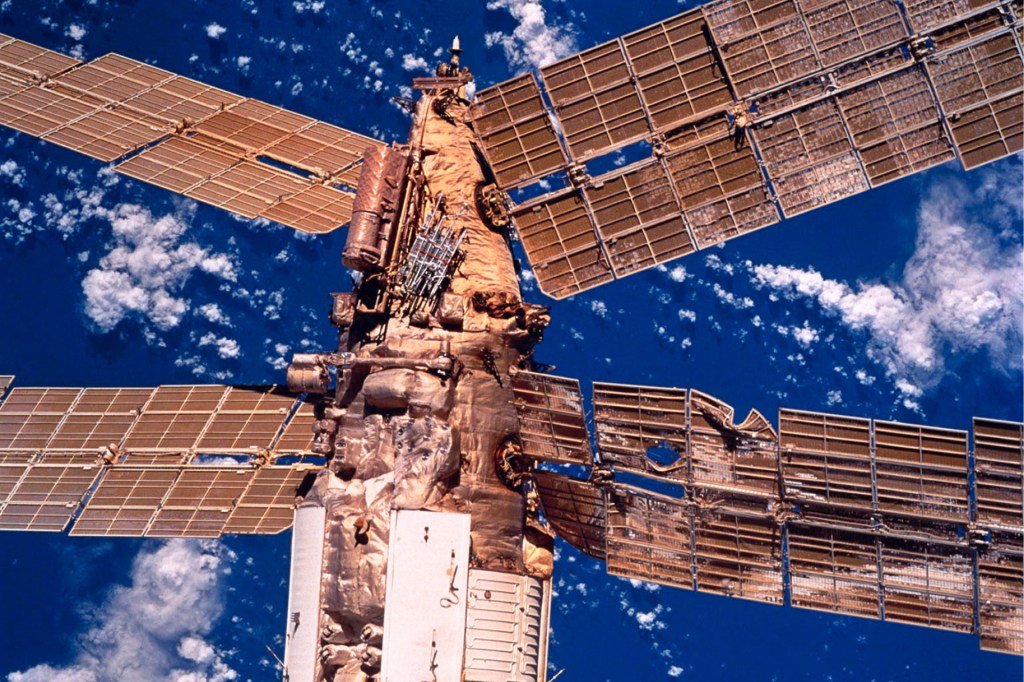
In 1997, this Russian space station was damaged in a collision with space junk.
NASA/GETTY IMAGESFinding a Fix
The mess in space is like the mess in the oceans. Think of the Great Pacific Garbage Patch. It’s a mass of floating junk. It’s twice the size of Texas.
But scientists are hopeful about space. They look to the effort to clean up the oceans. In March 2022, 170 countries signed a global plastics treaty. They agreed to dump less plastic in the oceans. There could be similar rules for space.
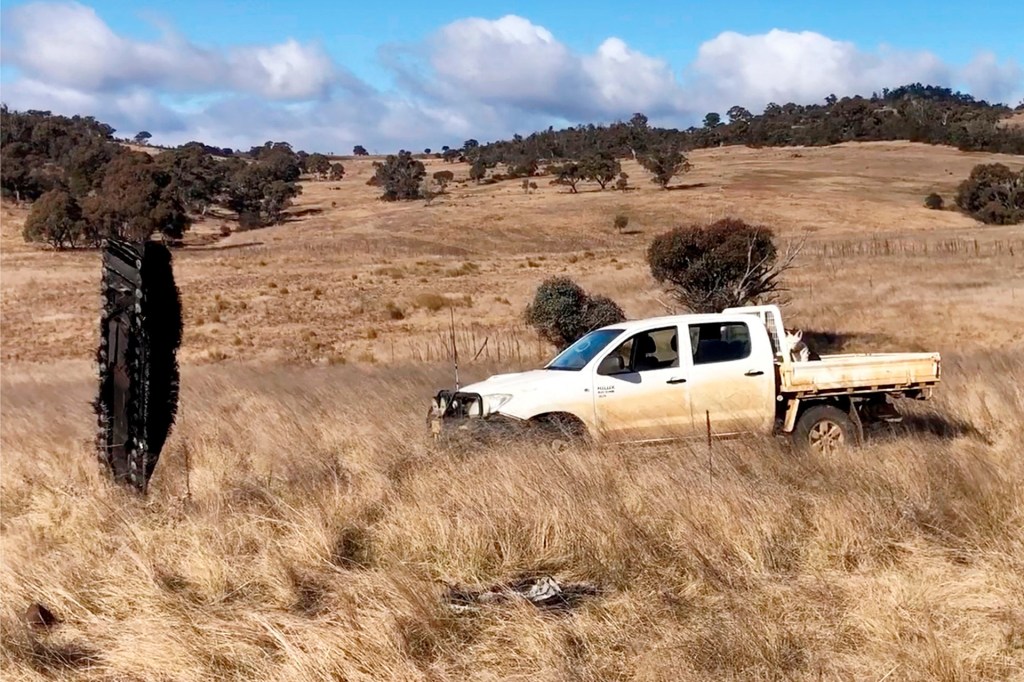
Heather Koldewey is one of the scientists who wrote the Science report. She’s an expert in ocean pollution. She says cleaning up space is a lot like “tackling environmental issues in the ocean.”
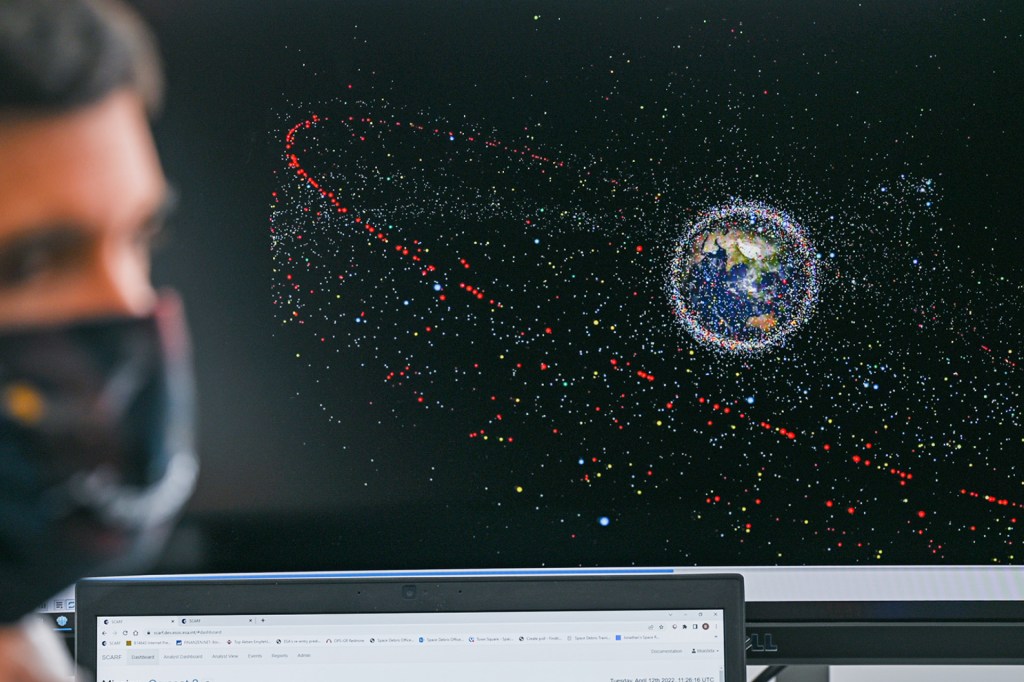
A monitor at the European Space Agency shows debris floating in Earth’s orbit.
ARNE DEDERT—PICTURE ALLIANCE/GETTY IMAGESTrash Collector

In 2018, International Space Station scientists tested a satellite. The RemoveDebris is three feet long on each side. Its 3D camera tracks space debris. Then the satellite fires a net. This captures the junk.
The test was a success. It brought the world a step closer to a safer orbit.




